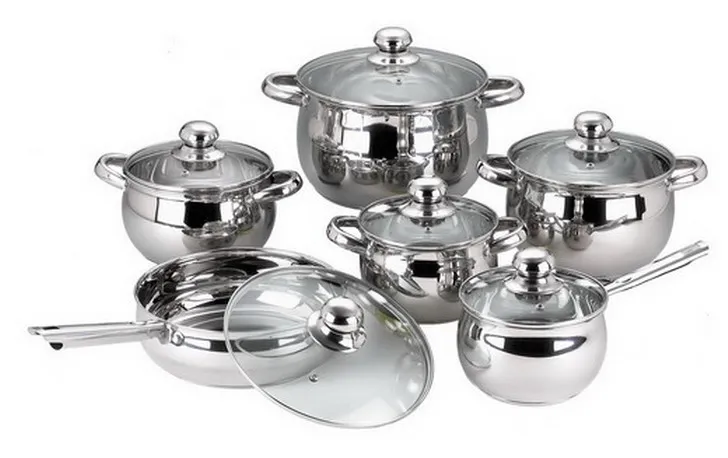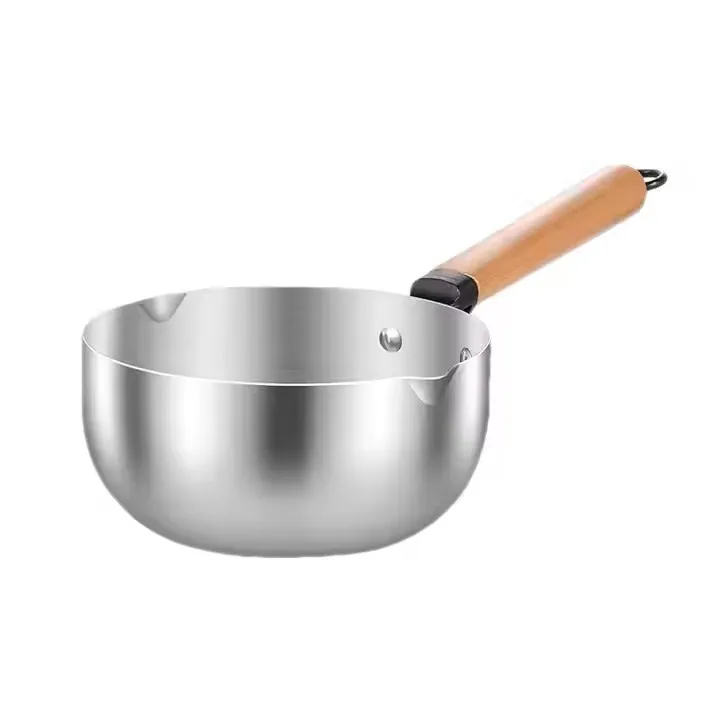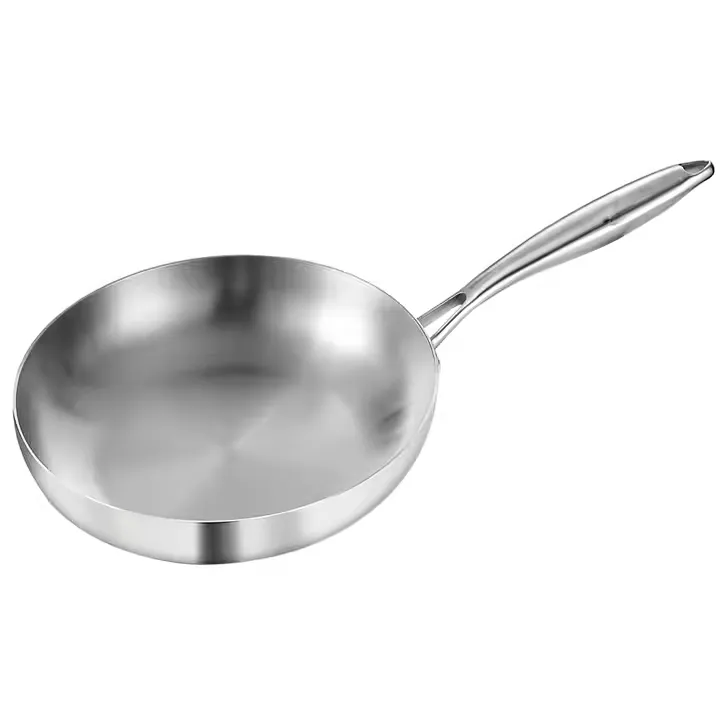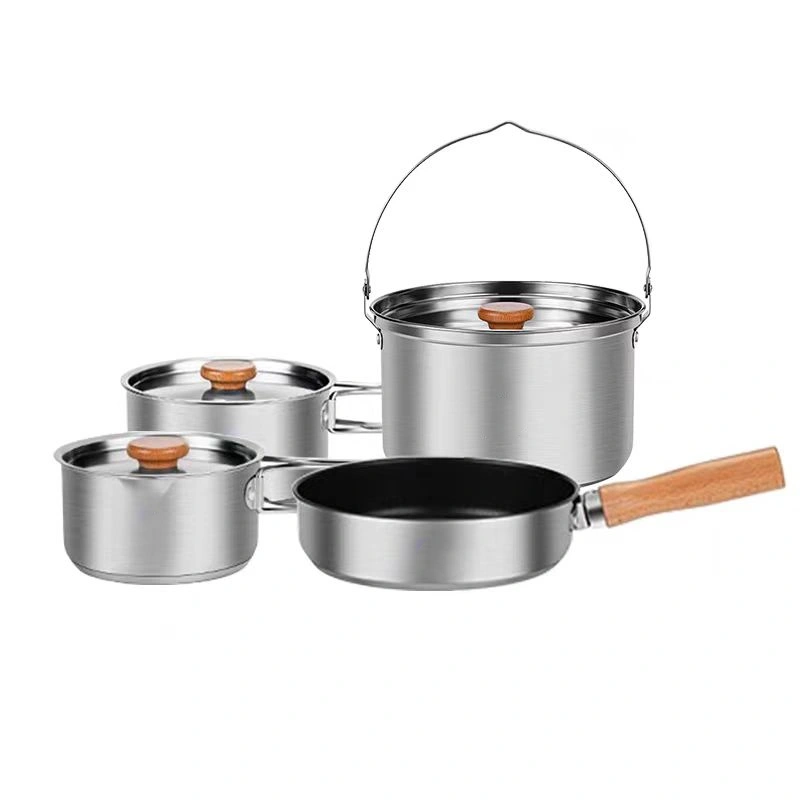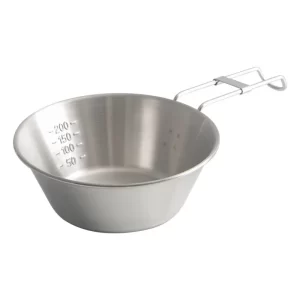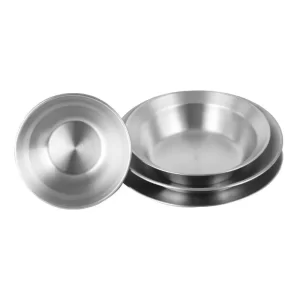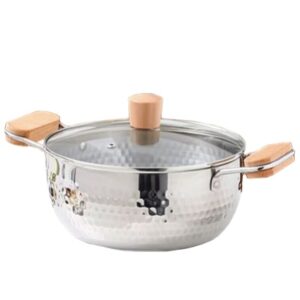In the field of kitchen cookware and medical equipment, 18/8 stainless steel has become synonymous with quality, safety, and durability. As a high-quality stainless steel widely used as a food-contact material, it is favored by users worldwide for its excellent corrosion resistance, thermal stability, and economy.
تشانسيسكوك, a manufacturer specializing in 18/8 stainless steel cookware, has always been committed to providing customers with high-quality kitchen solutions that meet international standards. In this article, we will comprehensively analyze why 18/8 stainless steel has become the industry gold standard in terms of scientific definition, performance advantages, and industry applications.
جدول المحتويات
تبديلScientific Definition of 18/8 Stainless Steel
The meaning behind numbers
18/8 “represents the precise ratio of chromium (18%) to nickel (8%), which forms a dense chromium oxide layer and achieves:
✅ 300% increase in antioxidant capacity (compared to ordinary steel)
✅ Resistant to pH 2-12 in acidic and alkaline environments (validated by ASTM G48 standard)
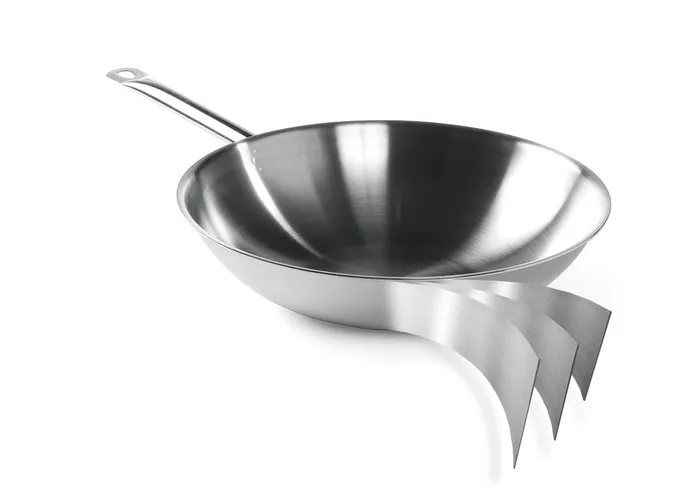
Relationship with 304 stainless steel
Clarify common misconceptions by comparing tables:
| Attribute | 18/8 stainless steel | 304 stainless steel |
| Chromium content | 18% | 18-20% |
| Nickel content | 8% | 8-10.5% |
| Application Fields | Kitchenware/Tableware | Industry/Construction |
4 Reasons to Choose 18/8 Stainless Steel
Food Safety
- Certified by FDA 21 CFR 175.300 for food contact materials
- No risk of manganese precipitation (different from 200 series stainless steel)
Corrosion Resistance
Salt Spray Test Performance: 500 hours without red rust (ASTM B117 standard)
thermal stability
Working Temperature Range: -196 ℃ to 800 ℃ (spacecraft level thermal shock resistance)
Economic
- Cost 42% lower than 316 medical steel, and lifespan three times longer than 430 steel
- 18/8 vs other stainless steels: data-driven comparison
- 18/8 vs 18/10 Stainless Steel: Explaining the Effect of Nickel Content Differences on Tableware
Glossiness
- 18/8 vs 201 Stainless Steel: Potential Risks of Manganese Content to Food Safety (Referring to EU EC 1935/2004 Regulation)
Industry Application Case Study
In the field of kitchenware, the 18/8 steel forging process of German Shuangli Ren cutting tools
- Medical field: Compliance with ASTM F899 standard for surgical instruments
- Construction field: Application of antibacterial handrails at Dubai Airport
Consumer Must Read Guide
How to identify authenticity
- Magnetic testing method (weak magnetism of true 18/8 steel)
- Chemical testing solution
Maintenance Checklist
- Prohibited types of cleaning agents (chlorine-containing/high-abrasive)
- Scratch repair techniques (grit ≤ 800 grit sandpaper treatment plan)
Frequently Asked Questions (FAQ)
Q1: Will 18/8 stainless steel rust?
A: It does not rust under normal operating conditions, but 316 steel should be selected for long-term exposure to seawater
Q2: Is it suitable for dishwasher cleaning?
A: Yes, but it is necessary to avoid contact with carbon steel appliances to prevent potential corrosion
Q3: Why does my 18/8 cutlery have rainbow patterns?
A: The interference phenomenon of oxide film caused by high temperature can be eliminated by soaking it in white vinegar.
الخاتمة
From the chemical composition to the performance comparison, to the industry application and consumer use guide, 18/8 stainless steel, with its excellent comprehensive performance, has become the preferred material in kitchen cookware and medical device manufacturing.
As a professional manufacturer of 18/8 stainless steel cookware, تشانسيسكوك not only selects the raw material but also ensures food safety and durability of each product through a precise process and strict quality control. In the future, تشانسيسكوك will continue to focus on technology and quality to provide global customers with a more secure and professional kitchen experience.

